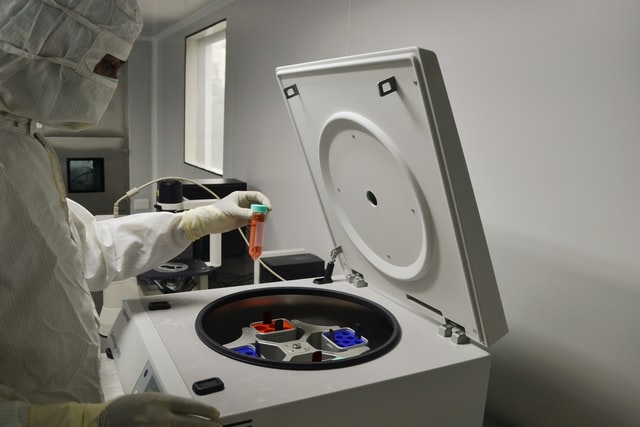Transportation of biological materials is a process that must be monitored closely. Federal regulations are designed to protect humans,animals, and plants from hazardous materials in transport encompassing regulated chemicals, infectious biological materials, or other hazardous materials. This ensures that laboratory science and research may be conducted safely and efficiently. The in-depth process that is required has different levels of qualifications depending on the biological material.
According to the NIH, there are four risk levels in which biological materials fall in.
Level One, being the least harmful ascending to Level Four, being the most harmful. Companies such as Pacific Scientific Transport are certified to package, label, and transport biological materials in several different ways. They are attentive to the variables that occur, including transportation breakdowns. For example, their trucks are prepared, having back-up freezers for specific organisms that require temperature control. Depending on the material, the trucks are prepared to handle the specific condition, even humidity control.
Any experiment requires the IBC’s (Institutional Biosafety Committee) approval.
Infectious substances that contain harmful pathogens which affect humans, animals, and plants. If exposed, disease can be spread. DNA or recombinant molecules, such as virus vectors, require approval and specific transportation guidelines, as well. Animal subjects must be certified through the IBC and the IACUC (Institutional Animal Care and Use Committee) before transportation. During transportation, depending on the experiment, housing standards and temperature for animal subjects must be maintained in order for researchers to nullify certain variables. Human subjects and stem cells from either animals or humans must be passed through the IBC and the IRC (Institutional Review Board) requiring the same consistency for researchers as aforementioned. For example, human brain tissue is usually stored at minus 80 degrees Celsius. An error in transportation caused laboratory samples’ temperature to rise to 7 degrees Celsius. Therefore the RNA (chemical cousin to DNA) was destroyed. The effects of errors such as these are enormous. That research project was part of the largest funded organization designed to understand autism. Not only was the research postponed for destruction of tissue, funding was also limited. Pacific Scientific Transport takes on the responsibility of transporting such important data, reassuring clients of the protection provided.
Genetically modified organisms and micro-organisms are commonly transported.
Research labs across the nation are continually modifying genes in order to understand certain disorders. Cures to our most vicious diseases, such as cancer, are well funded by government grants and donations. Breakthrough research on medications to control the disease and symptoms require in-depth research involving genetically altered cells. Viruses that severely effect our population, such as HIV, must be studied for any hope of a cure. However, if not transported safely humans are endangered to exposure. Recently, the first infant was cured of HIV. Quite a triumphant breakthrough for everyone involved.
The importance of safety in storing and transporting biological material cannot be stressed enough.
Knowledge of specific biological materials is a must. Meticulous planning is necessary when designing a research project. Most projects run off of government grants through universities, hospitals, and independent research companies. Everyone in scientific research knows the valuable lesson that ‘money doesn’t grow on trees’. Therefore, our future lies in the protection of biological materials, not only during research but from the word ‘go’.





